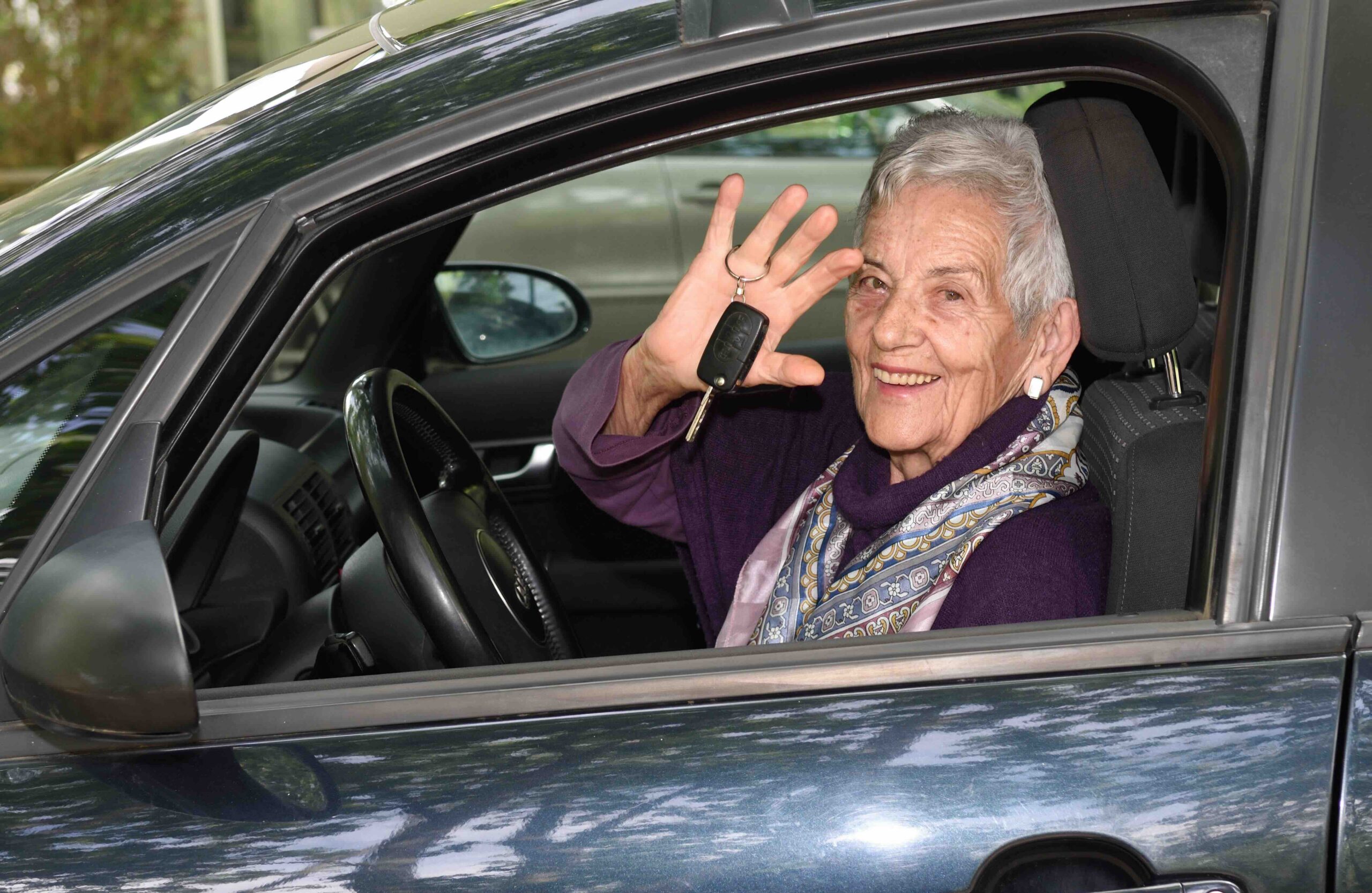Last year’s road toll has fuelled prejudice towards older drivers. The focus used to be on young, fast, drunk and tired drivers. Now some people want to put the brakes on older drivers, arguing they are more likely to have crashes and should, therefore, get off the road.
It is difficult to select an age at which drivers should be categorised as “older”. The Transport Accident Commission defines an older driver as someone aged 75 and over. According to the TAC, 60 older people died on our roads last year. However, 45 per cent of these were either passengers or pedestrians.
The road toll is being used to support claims for mandatory testing and annual medical checks for older drivers. Some experts even suggest an S-plate – to warn other drivers to give them a wide berth. Last year’s road toll indicates that 160 men and 82 women died on our roads. Does the disproportionate number of men being killed indicate they are worse drivers than women? Should, then, all men be regularly tested, irrespective of whether they’ve had an accident?
The push to screen all older drivers for the sake of the few who are at risk should be resisted. Not all older drivers are poor drivers, just as not all young drivers are hoons. Ways to help older people stay on the road and drive safely should be publicly supported. To do anything else discriminates purely on the basis of age rather than an individual’s capacity.
There are many ageist assumptions regarding older people’s capacity to drive. It is assumed an older person’s functional decline – such as diminished eyesight and slower reflexes – leads to unsafe driving. But usually older drivers are aware of their limitations and modify their habits. They drive only during daylight, avoid peak hour, drive more slowly, take short trips and use well-known routes on local roads.
Research has repeatedly shown that testing does not make the roads or the older driver safer. In the mid 1990s, Liisa Hakamies-Blomqvist compared Finnish and Swedish licensing practices. At the time, Finland required regular medical check-ups in conjunction with licence renewal starting at age 70, whereas Sweden had no age-related control. The comparison showed no reduction in car crashes as a result of the Finnish program.
Hakamies-Blomqvist also noted some disadvantages associated with age-based mandatory assessment. Finland had a higher rate of older pedestrians being killed than Sweden, presumably the result of an increase in the number of older people walking rather than driving.
Accidents involving older people occur mostly at below-average speeds. However, when an older person has a car accident, they have a higher risk of severe injury or death due to their increased frailty. A crash that leaves a teenager with bruises can put an older person in hospital for a week with rib and sternum fractures.
Rather than force older drivers to take mandatory road tests in the absence of any incidents, greater consideration should be given to road design and traffic control to accommodate them. Monash University’s Accident Research Centre also suggests informing older road users of situations where they are most vulnerable and ways they can minimise their risk of injury.
While many older drivers are safe and cautious, there is evidence to suggest some do not modify their driving habits. These people may be at higher risk, and may benefit from driver awareness programs. Programs such as The Wiser Driver for older drivers provide them with knowledge about crash and injury risk, raise awareness of the effects of ageing on driving performance, and provide strategies on maintaining safe driving practices. The aim is to keep older drivers safely on the road for as long as possible.
For many of us, our licence is an essential element of our independence. In a few years, early baby boomers will hit 70. They have grown up with cars and will undoubtedly expect to keep driving to get to work, visit friends and family, go to restaurants, movies and concerts, and sporting activities. They should be able to stay on the road for as long as they are safe to do so, without being subject to discrimination.
First published in The Age on 12 January 2014
